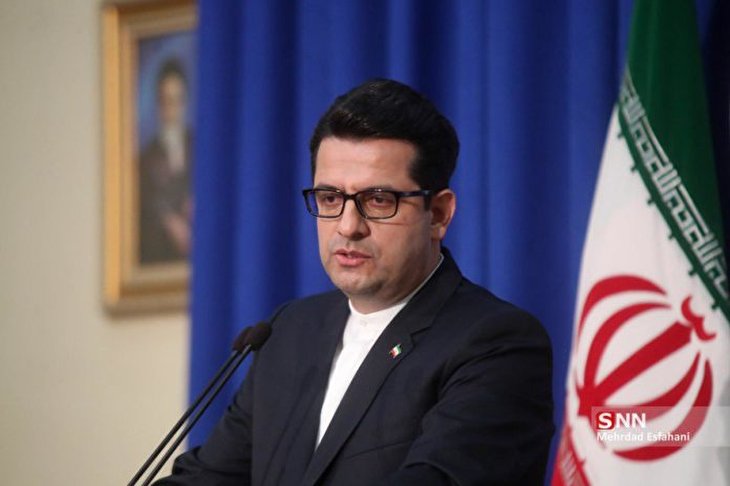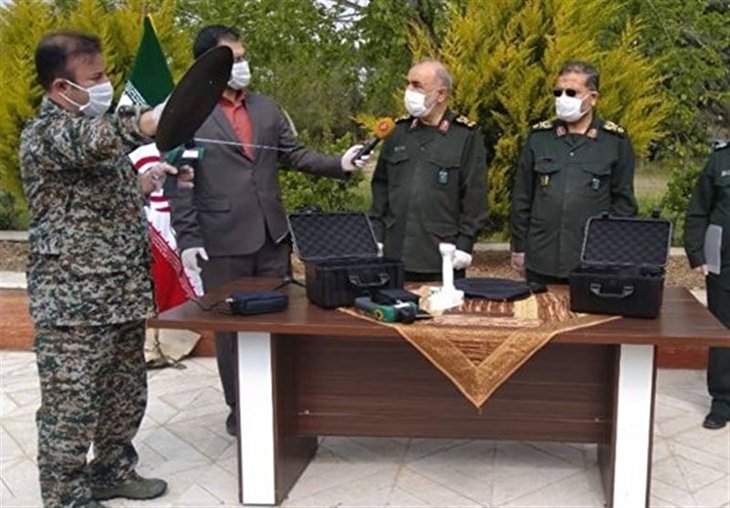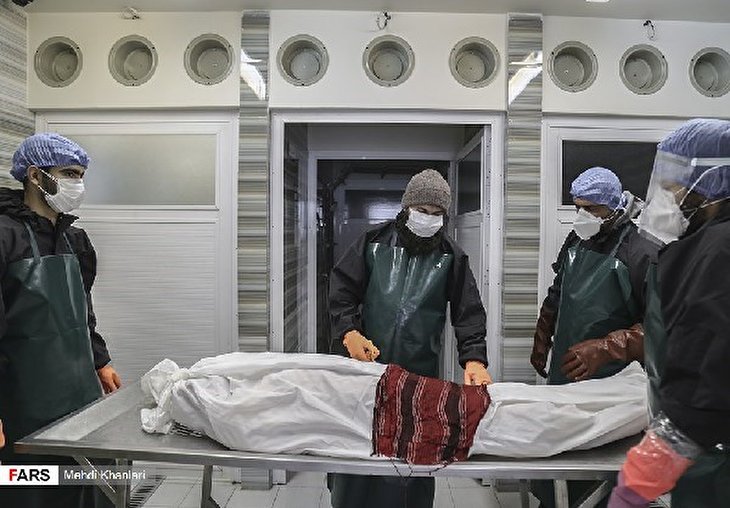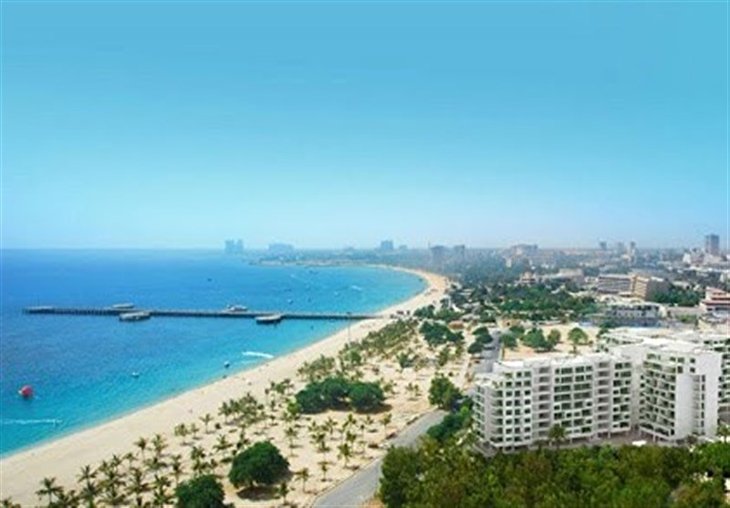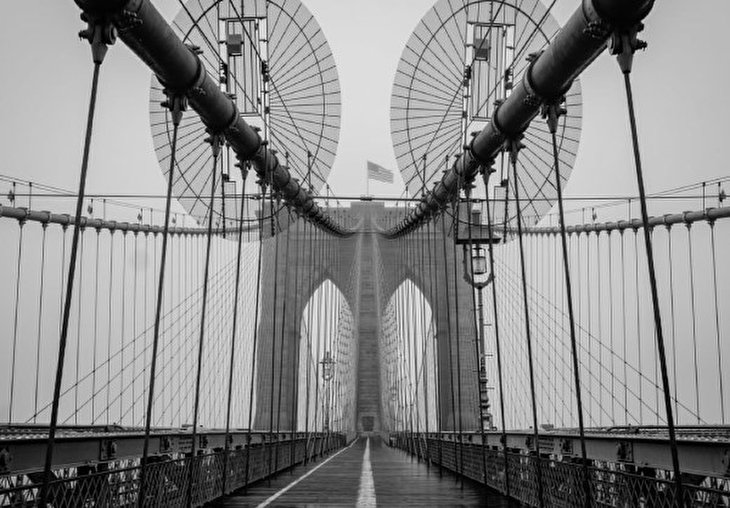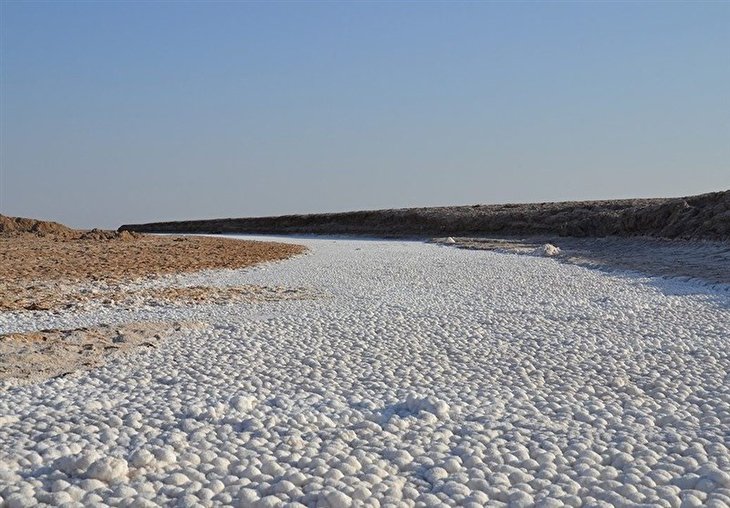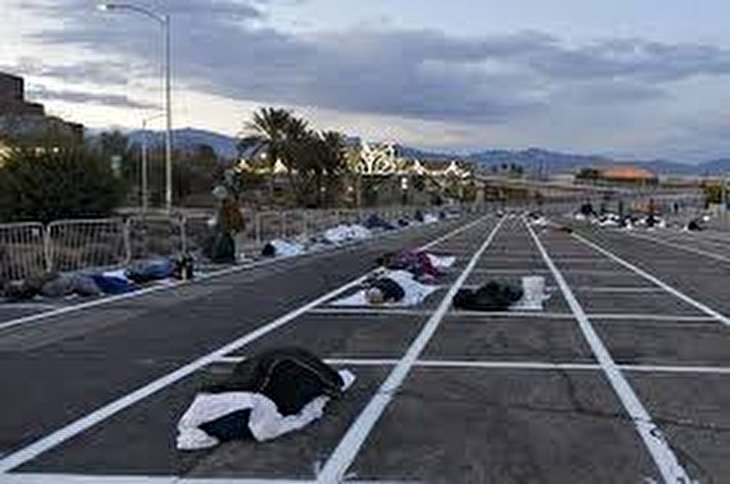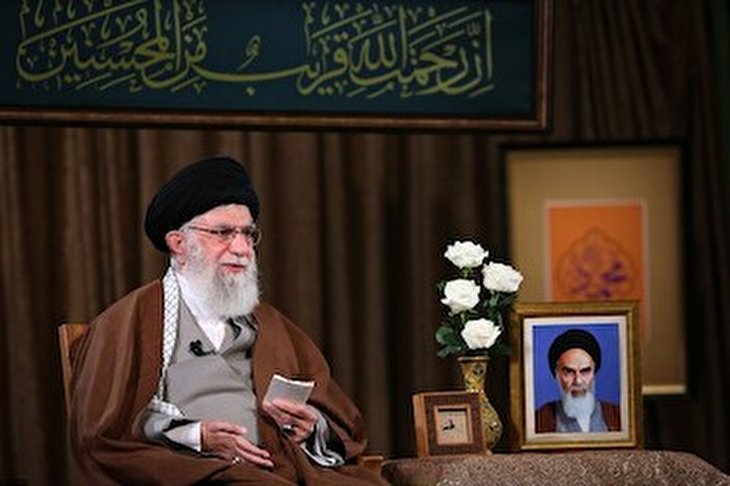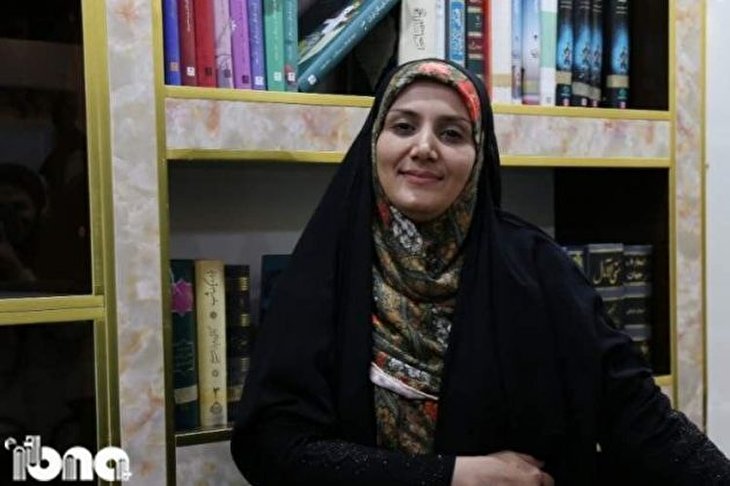
Iran has intercontinental drones, will use them if necessary: Navy chief

Elaborating on Iran’s drone capabilities in an interview with the Young Journalists Club (YJC) published on Tuesday, Khanzadi said the country monitors American ships in the Persian Gulf and has “complete images and a large archive of the daily and moment-by-moment movements” of the vessels belonging to the US and its allies.
“We can bravely declare that we observe all enemy ships, particularly Americans, point-by-point from their origin until the moment they enter the region,” he said, adding that Iran’s Armed Forces also possess information about the type of their missions and their conduct in the region.
Khanzadi also complained that enemy ships create “severe insecurity” by “aimless sailing and hypocritical behavior” in the region.
“Our drones monitor their ships and warships from their entry moment and the monitoring process continues until they sail into the Persian Gulf and the Sea of Oman. Their behavior in the Persian Gulf, which is part of our identity and our backyard, is fully under watch based on international law and aviation regulations,” he said.
Today, he added, Iran manufactures drones as a low-cost piece of military equipment to keep watch on the region.
Asked about UAVs for intercontinental missions, the Iranian Navy chief said, “Yes, now we have this type of drones and will definitely use them if necessary.”
He also slammed the UK’s seizure of Iranian-owned supertanker Grace 1 in the Strait of Gibraltar on June 4, adding that the era of “bullying” in the sea is over, and that the interests and sovereignty of all nations should be respected.
He further referred to the June 19 unsafe maneuver by the British-flagged Stena Impero tanker in the Strait of Hormuz, which led to its detention by Iran’s Islamic Revolution Guards Corps (IRGC).
The British tanker, Khanzadi said, violated Iranian and International maritime law, entered the Strait of Hormuz from a busy exit lane, turned off its trackers, and had incomplete documents.
“Contrary to the Britons, the Iranian Armed Forces, including the Navy, acted within the Iran’s maritime law and international maritime rules” in the mutual ship detentions, he noted.
“The enemy observes us in some locations, but it is not capable of doing so some other places. The enemy should wait for a surprise from areas where it cannot see us,” he warned.
Source:PressTV


